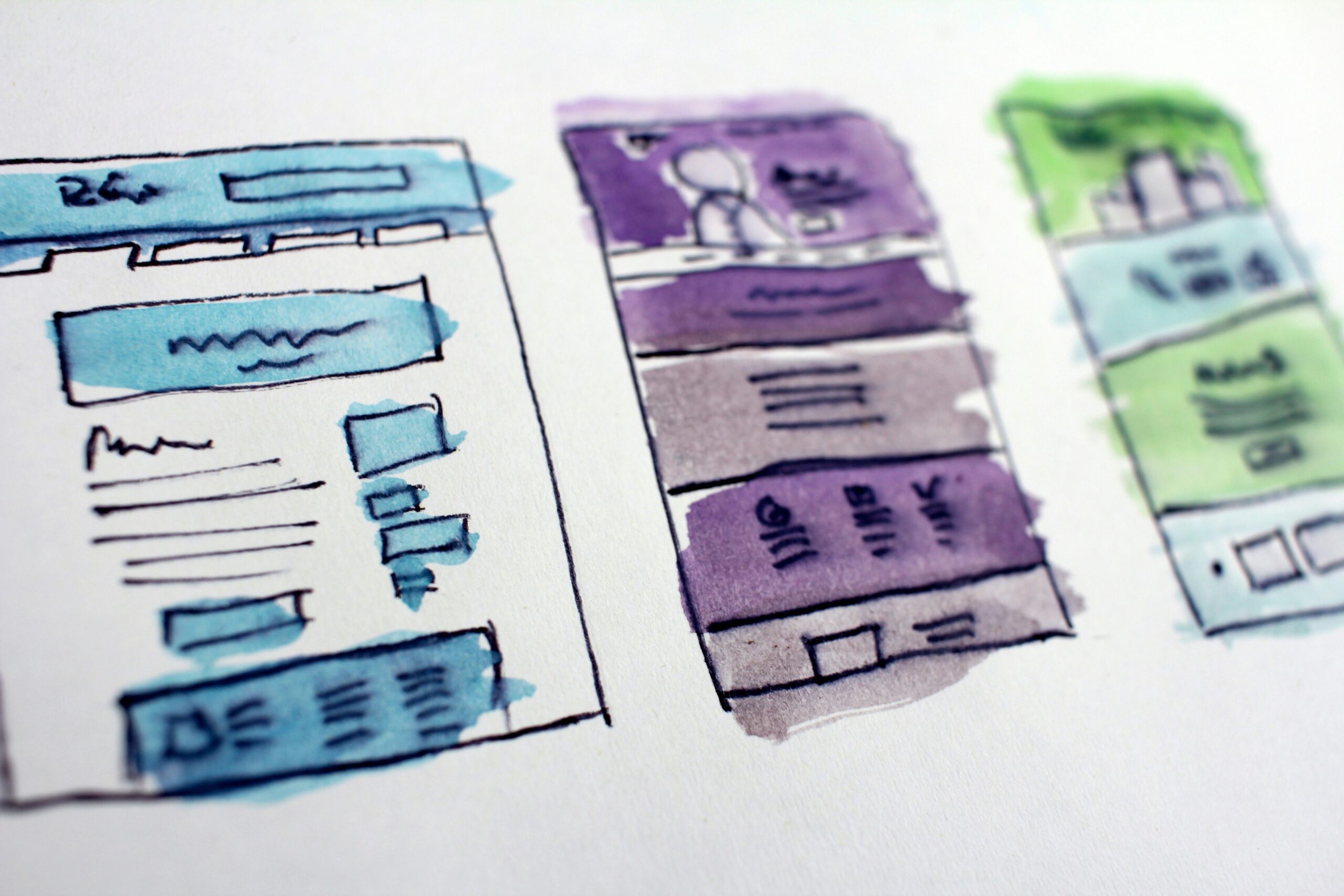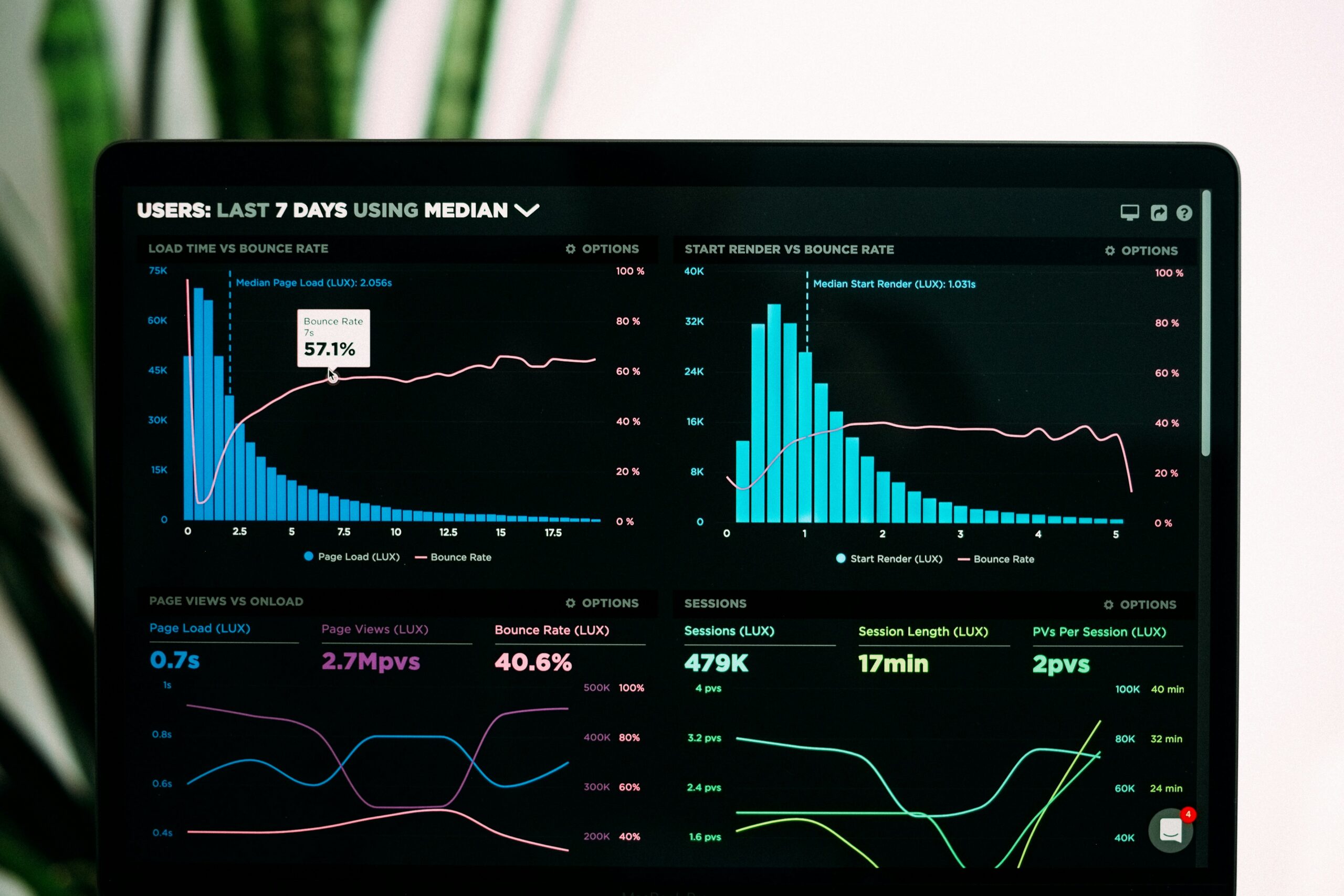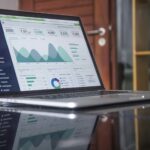Converting prospects into customers doesn’t end with capturing their interest—it’s the bottom of the funnel (BOFU) where the real magic happens. This is the final and most critical stage in the sales journey, where potential buyers need that last nudge to take action. At this point, marketing shifts from nurturing to closing, and every touchpoint must be focused, frictionless, and personalized. Whether it’s through lead scoring, strategic content delivery, or conversion rate optimization, BOFU strategies ensure that no high-intent lead goes to waste. When done right, they not only increase revenue but also build long-term customer relationships that fuel growth beyond the first sale.
Key Takeaways
- BOFU techniques are critical for converting qualified leads into loyal customers by addressing final hesitations and emphasizing value.
- Effective lead scoring and qualification streamline the sales process by identifying high-potential leads.
- Personalized content automation and conversion rate optimization ensure that tailored messaging and streamlined processes drive final-stage conversions.
- Sales enablement platforms and robust analytics measure performance and support BOFU strategies.
- Re-engagement strategies and CRM integration significantly reduce lead drop-off.
What Are Bottom of the Funnel Techniques and Why Do They Matter?

The bottom of the funnel (BOFU) is where leads are closest to making a purchase decision, so strategies here need to remove friction and boost confidence. This stage is less about educating and more about convincing. Personalization, automation, and performance analytics become essential tools to gently guide prospects to the finish line. When effectively implemented, BOFU techniques not only improve immediate conversions but also support customer loyalty and long-term engagement.
Use of Intent-Based Personalization
BOFU strategies work best when interactions are tailored to a lead’s behaviors. By tracking browsing activity, email engagement, or purchase history, businesses can deliver hyper-relevant content that addresses exactly what a prospect is looking for. These personalized experiences strengthen trust and help eliminate any final doubts that may delay decision-making. The goal is to present the right message at the right time, encouraging faster conversion with minimal resistance.
Leveraging Automated Conversion Sequences
Automation helps maintain momentum with leads who are on the verge of making a purchase. Automated emails, push notifications, and retargeting ads ensure your message remains front and center without manual effort. These sequences can be tailored to individual actions—like cart abandonment or pricing page visits—so responses are timely and meaningful. With smart triggers in place, the likelihood of drop-off decreases significantly.
Reducing Friction in Final Touchpoints
At the BOFU stage, even small obstacles can result in lost sales. It’s important to streamline the path to purchase by removing unnecessary steps, clarifying CTAs, and ensuring mobile-friendly, fast-loading experiences. Whether it’s simplifying checkout flows or providing immediate chat support, reducing friction allows prospects to act with confidence and ease. Optimizing these details directly impacts overall conversion rates.
How Does Bottom of the Funnel Fit Into the Customer Journey?

The BOFU stage is where curiosity turns into commitment. After building awareness and interest in earlier stages, this is where leads evaluate whether to take the final step. Messaging must shift from informative to action-oriented—reassuring, validating, and motivating. A seamless handoff from middle funnel nurturing to high-conversion tactics ensures prospects don’t stall just before they’re ready to convert. Smart systems and cohesive messaging help carry leads across the finish line.
Aligning Automation With Purchase Readiness
Automation tools play a key role in detecting when a lead is ready to convert. Triggers such as frequent pricing page visits or high email engagement signal strong intent. By using this behavioral data, automated workflows can deliver perfectly timed nudges like reminders, offers, or demos. This responsive approach creates a sense of attention and care, reinforcing that the lead’s needs are clearly understood.
Connecting Touchpoints Across the Funnel
To maintain trust and flow, it’s essential that BOFU messaging mirrors earlier funnel interactions. For instance, if a lead first engaged through a product-focused blog post, final-stage messaging should continue that narrative with deeper value insights or offers. This consistency creates a smooth and reassuring experience, building confidence in the decision-making process. Disconnected messaging at this stage can cause hesitation or confusion.
Optimizing the Transition From Consideration to Action
BOFU content should be built around decision support—answering last-minute questions and dissolving objections. This might include tailored email sequences, benefit-rich landing pages, or simple product walkthroughs. These assets should gently reinforce why this is the right solution at the right time. The smoother the transition, the faster the decision-making process becomes.
What Are the Key Goals of BOFU Strategies?

At the bottom of the funnel, strategy is all about securing conversions and maximizing customer value. The focus shifts from education to persuasion—removing doubt, creating urgency, and reinforcing trust. Every interaction must drive toward action, whether that’s a purchase, a sign-up, or scheduling a demo. Streamlined processes and well-timed content make all the difference when a lead is moments away from committing.
Increasing Conversion Rates With Timely Engagement
The key to boosting conversions is meeting leads with the right message at the right moment. Automated email nudges, remarketing ads, and contextual CTAs help prompt decision-making when interest peaks. These timely actions reinforce value and reduce the risk of hesitation or drop-off. Making leads feel understood and supported during this final stage increases the chances of a confident conversion.
Reducing Friction Throughout the Final Steps
Friction—like long checkout forms, vague offers, or unclear CTAs—can derail otherwise qualified leads. BOFU strategies aim to eliminate these issues by simplifying user flows and offering clear, benefit-driven content. Tools like smart form auto-fill, optimized landing pages, and intuitive mobile layouts ensure a smooth, obstacle-free experience that guides the lead toward action.
Maximizing Value Through Personalization
This stage is also where tailored messaging truly shines. Personalized offers, product recommendations, or follow-up emails based on previous behavior show leads they’re not just a number. This deep relevance builds trust and confidence, making it easier to close deals. When personalization aligns with timing and value, it transforms strong leads into loyal customers.
How Can Lead Scoring and Qualification Improve BOFU Conversions?

Lead scoring and qualification help businesses identify which prospects are most likely to convert. Instead of treating all leads the same, this approach focuses attention and resources on those showing strong intent. By assigning value to specific actions, behaviors, and characteristics, companies can prioritize follow-ups and personalize outreach more effectively. This targeted approach minimizes wasted effort and boosts overall conversion efficiency.
Using Behavioral Data to Prioritize Leads
By analyzing how leads engage—such as email clicks, website visits, or time spent on key pages—marketers can assign scores that reflect readiness to buy. This allows teams to focus energy on those most likely to convert. Behavioral scoring sharpens targeting, reduces delays, and helps ensure timely, relevant communication during the final decision stage.
Filtering Leads With Demographic and Firmographic Criteria
Effective lead qualification also considers who the lead is, not just what they do. Demographic data (like job title or industry) and firmographics (like company size or location) help determine fit. When combined with behavioral data, this two-sided filter ensures sales teams only pursue leads that align well with their ideal customer profile, saving time and increasing close rates.
Aligning Scoring Models With Funnel Goals
As conversion goals evolve, so should lead scoring rules. By regularly reviewing which behaviors actually predict sales, teams can refine scoring models to stay aligned with business needs. This ensures high-scoring leads remain truly valuable and helps marketers avoid over-prioritizing actions that don’t reflect true intent. Updated scoring keeps qualification accurate and funnel performance strong.
What Metrics and Analytics Help Track BOFU Performance?

Tracking bottom-of-the-funnel performance requires clear, actionable data. Metrics like conversion rates, customer acquisition cost, and average deal value offer direct insight into how well strategies are working. With the right analytics tools, businesses can monitor lead behavior, campaign outcomes, and revenue trends to fine-tune their efforts and maximize returns.
Monitoring Conversion Rates and Deal Velocity
Conversion rates show how efficiently qualified leads are becoming customers, while deal velocity measures how quickly they move through the final funnel stages. Together, these metrics help identify friction points or gaps in communication. Consistent tracking allows teams to refine follow-ups and improve pipeline efficiency.
Evaluating Customer Acquisition and Retention Costs
Customer acquisition cost (CAC) reflects how much it takes to convert a lead, and when paired with retention data, it reveals the true value of marketing efforts. Businesses can compare CAC against average deal size to ensure campaigns are profitable. Reducing CAC while increasing lifetime value improves overall funnel performance.
Using Funnel Reports and Performance Dashboards
Funnel analytics dashboards provide a visual overview of where leads are progressing or dropping off. Real-time reporting tools highlight underperforming touchpoints and successful conversion drivers. These insights guide adjustments to messaging, content delivery, or outreach frequency at the most critical final stages.
What Are Common Challenges in BOFU and How Can They Be Overcome?

At the bottom of the funnel, even warm leads can hesitate. Common challenges include stalled decision-making, misaligned messaging, or complicated purchase processes. Addressing these issues requires a strategic mix of automation, personalization, and seamless system integration to maintain momentum and close more deals.
Reducing Lead Drop-Off with Streamlined Journeys
Leads often drop off due to long forms, unclear next steps, or broken user flows. Simplifying checkout paths, offering guest access, and displaying progress indicators can remove friction. Creating a seamless experience reassures potential customers and encourages them to complete their journey without second-guessing.
Re-Engaging Stalled Leads Through Automation
Some prospects stall due to timing or lack of urgency. Automated workflows can re-engage them with personalized offers, reminder emails, or limited-time incentives. This proactive approach helps nurture hesitant leads, keeping your brand top-of-mind and inviting them back with relevant, timely value.
Improving Internal Alignment with CRM Integration
A disjointed handoff between marketing and sales can stall conversions. Integrating CRM and automation tools ensures both teams access the same real-time data. This coordination leads to more consistent messaging, faster follow-ups, and a better customer experience that drives conversion at the final stage.
Frequently Asked Questions
What exactly are bottom-of-the-funnel techniques and how do they improve conversions?
Bottom-of-the-funnel techniques focus on guiding high-intent leads toward final purchase decisions through strategies like personalized messaging, optimized checkout processes, and precise lead scoring. These methods reduce last-minute hesitations, deliver targeted value, and simplify conversion paths—helping teams close more deals with less friction.
How does lead scoring help in identifying which leads are ready to convert?
Lead scoring assigns value to each lead based on behavioral signals like email engagement or website activity. This helps prioritize follow-ups and ensures sales teams focus on leads with the highest purchase intent. Platforms like Nurture Machine use real-time behavior tracking to support intelligent lead scoring and accelerate the path to conversion.
What role does personalization play in bottom-of-the-funnel strategies?
Personalization makes final-stage communication more effective by adapting content to a lead’s unique interests or concerns. Whether it’s dynamic email sequences or tailored landing pages, personalized engagement builds trust and reduces friction. Nurture Machine supports this with automation tools that adapt messaging based on user behavior.
How important is conversion rate optimization (CRO) for BOFU strategies?
CRO is crucial at the bottom of the funnel because it ensures that high-value leads don’t slip through the cracks. Optimizing CTAs, reducing form fields, and streamlining the checkout flow can make the final decision feel effortless. This increases conversion rates without increasing acquisition costs.
Can sales enablement platforms really shorten the sales cycle, and how?
Yes, sales enablement tools play a vital role in reducing the time it takes to close deals. They centralize content, provide engagement insights, and support automated follow-ups. With Nurture Machine, teams can track a lead’s full journey and deliver timely, relevant nudges that move deals forward faster.
Conclusion
Bottom-of-the-funnel techniques are pivotal in transforming highly engaged leads into loyal customers. By integrating lead scoring, personalized content automation, CRO strategies, and advanced sales enablement tools, businesses can streamline their sales processes and achieve remarkable conversion efficiencies. The continuous use of AI and analytics ensures that every element of the funnel is optimized in real time, creating a seamless transition from interest to purchase. Ultimately, these comprehensive strategies not only boost immediate conversions but also lay the groundwork for sustained revenue growth and long-term customer retention.







